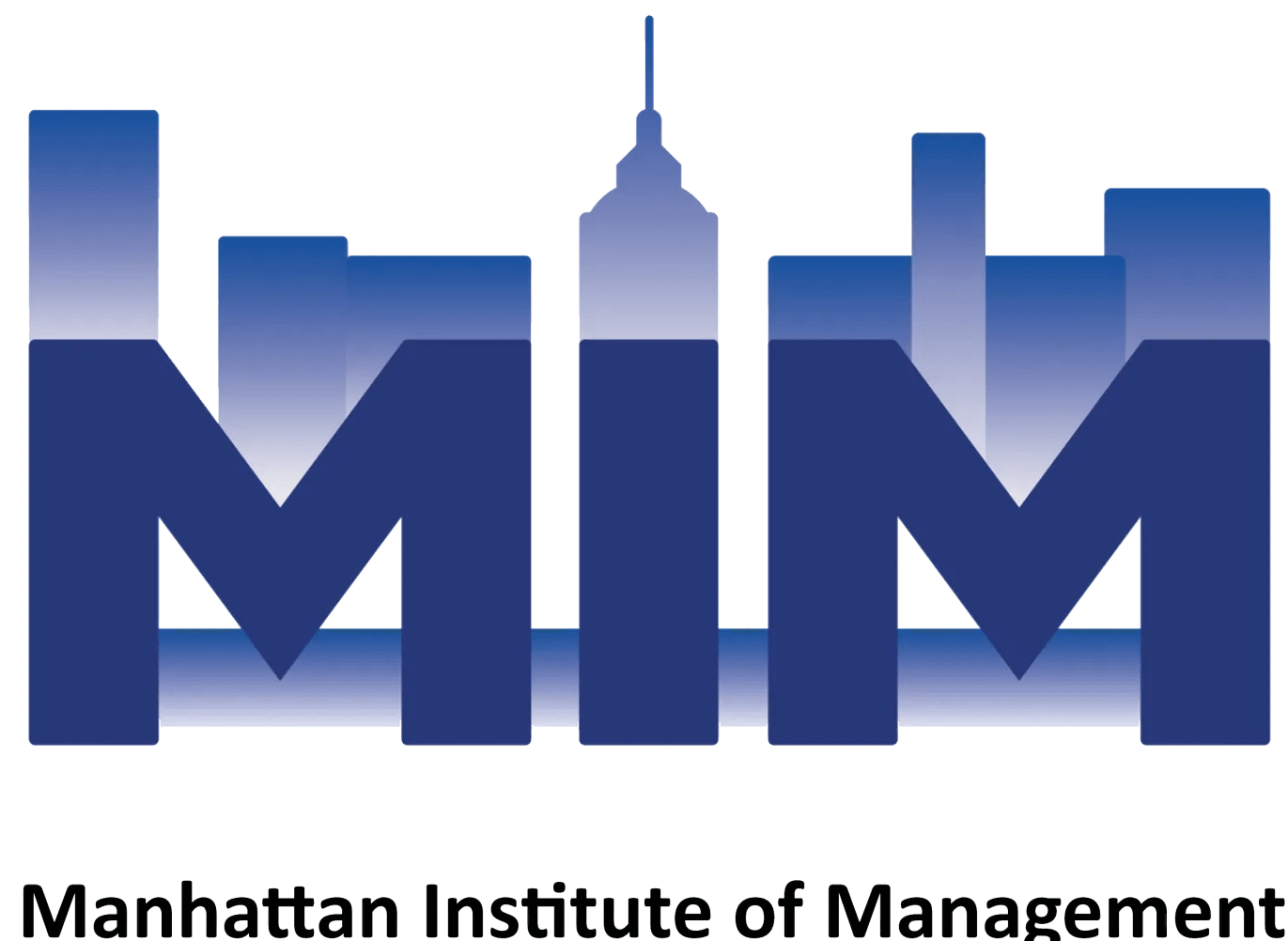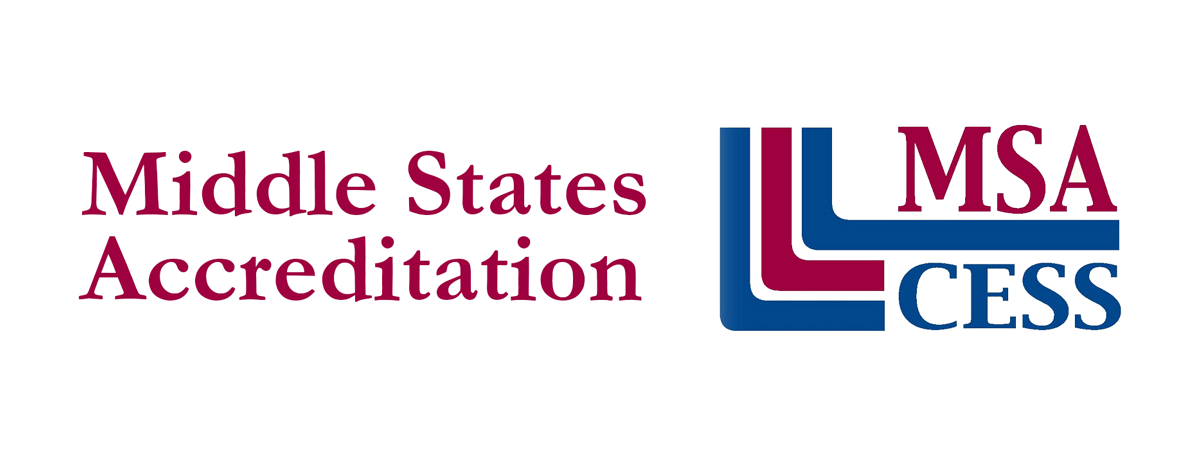How to apply for an MBA program in the United States
An MBA degree from a U.S. business school is often seen as the gold standard in management education. It can open doors to global career opportunities, offer access to powerful networks, and provide the strategic knowledge needed to thrive in competitive industries. Yet for many prospective students, the biggest question is how to apply for MBA programs in the United States. The process can seem complex, with multiple stages and requirements, but with careful planning and a clear understanding of the steps involved, it becomes much more manageable.
This article provides a detailed walkthrough of the MBA application process, guiding you from the moment you start researching schools to the point where you accept your offer and prepare to begin your studies.

Defining your purpose before applying
Before applying to MBA programs, it is important to understand your motivation. Every candidate has a different reason for pursuing business education—some want to switch industries, others are seeking leadership positions, and many aspire to launch entrepreneurial ventures. Taking the time to articulate why you want the degree will not only shape your school selection but will also strengthen your application essays and interview responses.
Another crucial step is to evaluate what kind of program fits your life. Full-time MBAs are immersive experiences that often require leaving work for two years, while part-time or executive MBAs allow you to balance professional commitments with study. Online formats are also gaining ground and may suit those who need maximum flexibility. Knowing how to get an MBA degree is not just about sending in documents—it’s about aligning the program’s format, culture, and outcomes with your personal and professional aspirations.
Researching schools and setting realistic goals
Once your motivation is clear, research becomes the foundation of your strategy. The U.S. hosts hundreds of accredited MBA programs, each with different strengths. While the most well-known names—Harvard, Wharton, Stanford—attract global attention, many regional universities also provide excellent programs with unique specializations and strong local networks.
Factors to consider include curriculum focus, faculty expertise, teaching style, and the industries most connected to the school. For example, schools in California may have stronger ties to technology companies, while those in the Northeast often have deep connections to finance and consulting firms.
Equally important is to pay attention to admissions requirements. Some schools emphasize academic excellence and test scores, while others place more weight on professional experience and leadership potential. Mapping out your target list of programs early will help you prepare efficiently.
Understanding the admission requirements
The MBA application process involves several standard components, but each school may place different emphasis on them. At a minimum, you will need:
- A completed online application form and payment of the fee
- Transcripts from all previous academic institutions, translated into English if necessary
- A professional resume or CV highlighting achievements, leadership roles, and career progression
- GMAT or GRE scores, unless the program offers waivers
- For non-native English speakers, proof of language proficiency through TOEFL or IELTS
- Personal essays or statements of purpose
- Letters of recommendation from professional or academic contacts
Together, these documents paint a holistic picture of who you are as a candidate. They demonstrate not only academic ability but also leadership skills, career vision, and cultural fit with the program.

Standardized testing and preparation
For many applicants, standardized exams are among the most challenging parts of the journey. The GMAT remains the traditional choice, but an increasing number of schools now accept the GRE. Preparing for these exams requires discipline, often several months of study, and in some cases professional coaching. The scores remain valid for five years, so it may be worth taking the test earlier in your career if you anticipate pursuing an MBA later.
International students also need to consider English proficiency tests. Schools usually require minimum scores, and preparing for these exams alongside the GMAT or GRE can be demanding. However, a strong performance will reassure admissions committees that you are ready for the academic intensity of an American MBA.
Crafting your personal story
Numbers and scores matter, but the heart of the MBA application process lies in your personal story. Admissions officers want to understand who you are beyond your transcripts. This is where essays and statements of purpose come in.
A compelling essay should answer questions such as: What have you accomplished professionally? What challenges have you overcome? How will the MBA contribute to your long-term goals? The best essays are authentic, reflective, and specific. They show clarity of purpose and a strong connection between your past experiences and your future ambitions.
Similarly, your resume should be concise but impactful. Instead of listing every job duty, highlight measurable achievements—projects led, results achieved, promotions earned. Admissions teams are looking for evidence of leadership potential, problem-solving ability, and growth.
Letters of recommendation and external validation
Another important element when considering how to take admission in MBA is the strength of your recommendations. These letters provide an external perspective on your skills and character. Ideally, they should come from supervisors, colleagues, or mentors who know your work closely. Academic references may also be accepted, especially for candidates with less professional experience.
Good recommendations highlight qualities such as initiative, teamwork, leadership, and the ability to contribute positively to an organization. Applicants should give their recommenders sufficient time and context to write thoughtful letters. A rushed or generic endorsement is unlikely to make an impact.

Submitting applications and preparing for interviews
When your materials are ready, the final step is submission. This may sound simple, but it requires careful review. Double-check that all documents are uploaded correctly, essays are properly formatted, and test scores have been sent. Deadlines vary by school and are often divided into several rounds. Submitting early can demonstrate seriousness and improve your chances of securing a spot, especially in competitive programs.
If selected, you may be invited to an interview. This is your chance to bring your application to life. Interviews may be conducted in person, virtually, or even by alumni volunteers. Preparation is crucial: practice articulating your career goals, your reasons for choosing the program, and your contributions to the classroom environment. Schools are evaluating not only your qualifications but also your communication skills, confidence, and cultural fit.
Financial planning and post-admission steps
Securing admission is an achievement, but the journey doesn’t end there. Financing an MBA in the United States requires careful planning, as tuition and living costs are significant. Many students rely on scholarships, fellowships, employer sponsorship, or educational loans. Exploring these options early can relieve stress and allow you to focus on your studies once admitted.
International students must also plan for the visa process, which includes interviews and documentation. Housing, travel, and adjustment to a new academic culture are further considerations. Taking proactive steps after admission ensures a smoother transition into your program.
Next step in your MBA journey
If you are ready to begin your application and want professional support, consider the specialized training offered by MIM USA. Their programs are designed to help future leaders prepare for business school applications, strengthen essential skills, and start their studies with confidence.







